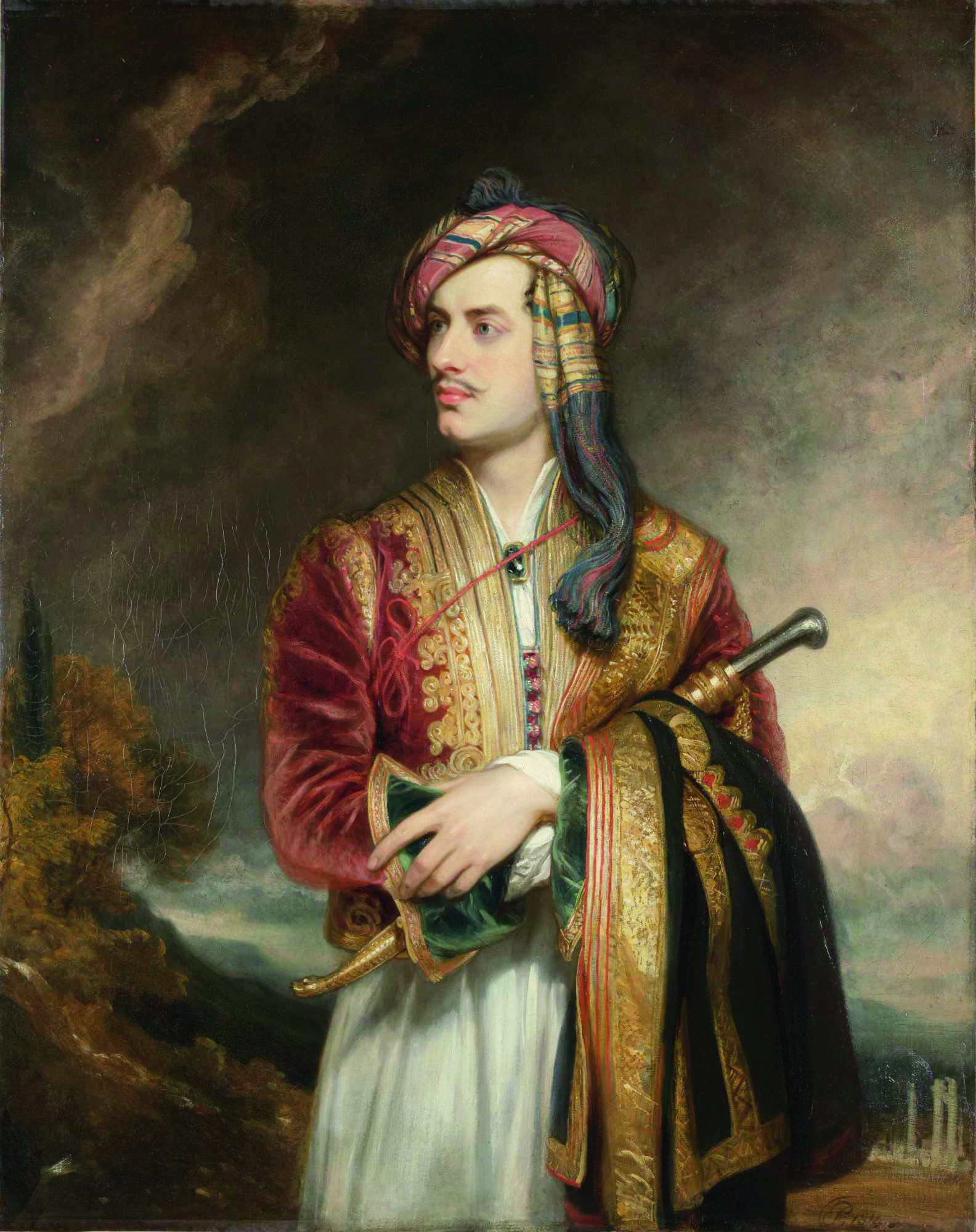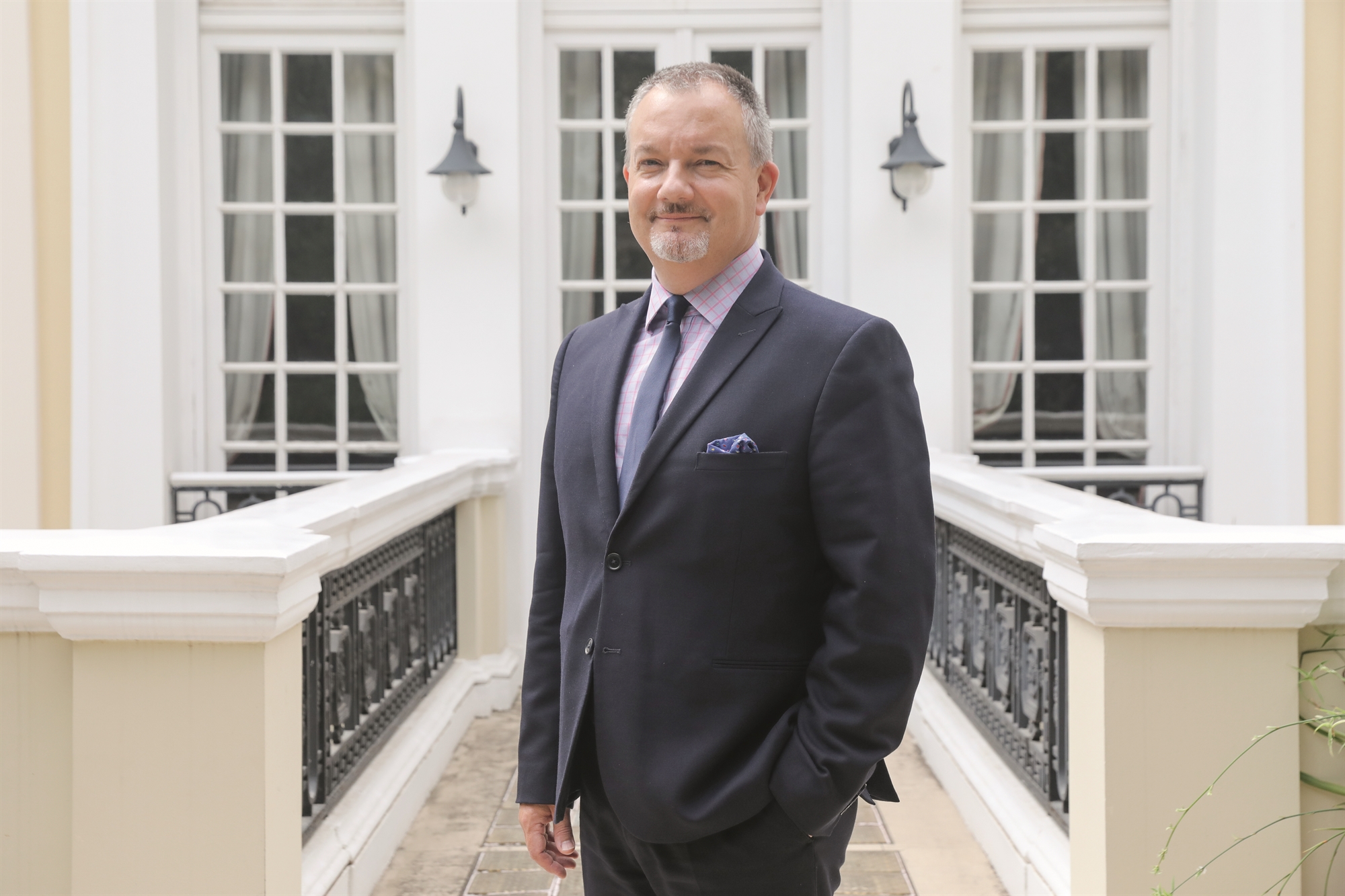Splendid moments of a shared story
UK Ambassador to Greece talks to Kathimerini about artworks from ‘Venizelos’ house’ on show at Benaki

“We are so pleased when people refer to the British ambassador’s residence as ‘[Eleftherios] Venizelos’ house.’ It is a great legacy with decades of history on top of it, and it has become a symbol of our common journey. I am proud that my predecessors – and now us – have the privilege to care for a building with such historical significance, but one that is also a special Athenian landmark,” UK Ambassador to Greece Matthew Lodge tells Kathimerini.
This is Lodge’s second appointment to Greece; his first was in 1998 as secretary of the embassy’s political department. He met his Greek wife during that first stint, acquiring roots and friends in the country, which he has traveled extensively.
Kathimerini reached out to Lodge on the occasion of a very interesting partnership between the Benaki Museum and the British Embassy in Athens, which has resulted in the historic art exhibition, “Grand Tour.” “This is his baby,” we were told as we sought the driving force behind the show, because it was Lodge who had the idea of publicly displaying 17 pieces from the UK Government Art Collection that adorn the ambassador’s residence in Athens. Set beside the collections at the Benaki’s Museum of Greek Culture and the Ghika Gallery, the 19th and 20th century paintings add to the existing narrative thread, while also highlighting shared histories.
How did “Grand Tour” and the collaboration with the Benaki come about?
It stemmed from a need for structural work and renovations on the historic listed building to shield it against earthquakes. We want it to continue acting as a symbol of the historic ties connecting Greece and the United Kingdom, and when it opens its doors again, it will be safer, more functional, more accessible and greener. For all this work to be carried out, therefore, we had to empty all the rooms entirely. The exhibition was inspired by a previous partnership between the British Embassy and the Benaki Museum. When Kate Smith was ambassador in 2020-2021, she arranged for a loan of the famous portrait of Lord Byron by Thomas Phillips to the Benaki Museum for its exhibition “1821, Before and After,” held for the bicentennial of the Greek War of Independence. Encouraged by the success of that collaboration, we approached the Benaki Museum to explore whether it would be interested in working together again on a bigger, more ambitious undertaking.
‘Each piece has something unique to say, each is a piece of our shared history’
The pieces could have gone into storage for the two years that the renovation is expected to last, so why was it so important to have them put on public display?
I believe that art is meant to be shown, not stored away. Pieces from the UK Government Art Collection are on display in public buildings across the UK, but also in British embassies all over the world. The Government Art Collection was started around 125 years ago and displays pieces in more than 365 public buildings in the UK and worldwide. The 14,700 pieces that comprise the collection date from the 16th century onwards and showcase British art, history and culture across the globe, as pieces can be found in the embassies in almost every capital, making it the most widely disseminated collection of British art in the world. It is also important to cultural diplomacy, promoting British culture and values. It is worth noting that even though the collection is a state-run institution, it maintains its independence in terms of the selection of the pieces. Its curators are the ones who choose, with input from an advisory committee that comprises the directors of British national art institutions and independent art professionals.

Do you remember any stories connected to the pieces presented in “Grand Tour”?
I had the privilege to serve at the British Embassy in Athens for the first time in November 1998 and was here during a visit by King Charles III, then prince of Wales. From that first term here, I remember the imposing presence of the portrait of Lord Byron in the main reception hall. Another piece that stands out is the 17th century icon of the Madonna and child, Panagia Glykofilousa (Virgin of Tenderness), which is by an unknown artist of the Cretan School. The inscription “Memento from the City of Athens” makes it all that more special and valuable as it was gifted to the British ambassador by the mayor of Athens in March 1941 as a symbol of gratitude.
Each piece has something unique to say, each is a piece of our shared history. I would like to believe that these artworks shed light on an interesting aspect of human intimacy through the eyes of their creators and their choice of subject: British travelers’ tours of Nemea and Phigaleia, Mount Athos and Corfu, their admiration for Greece and for its beauty.
Do you associate any of them in particular with Greece?
Despite the romantic appeal of Lord Byron’s portrait, which I understand, I personally love [John] Craxton’s work. I can gaze at his colors and textures for hours, but I am also fascinated by the artist’s story, his love for Crete and his friendships with other famous 20th-century philhellenes, including Patrick Leigh Fermor. It is interesting to read what he wrote during his first visit to Greece after the war and his first acquaintance with the Greek light and landscape. “It was like striking oil that first summer… Greece was lovely then, it was a marvelous moment,” he said. Craxton lived above the embassy’s garage in Athens at first, but he admitted that he was “too bohemian a guest” for the ambassador.
“Grand Tour” runs at the Benaki Museum of Greek Culture and the Ghika Gallery through June 1, 2025. For details, visit benaki.org.






